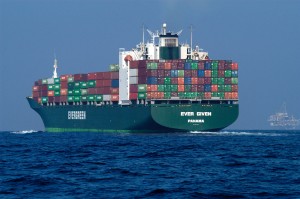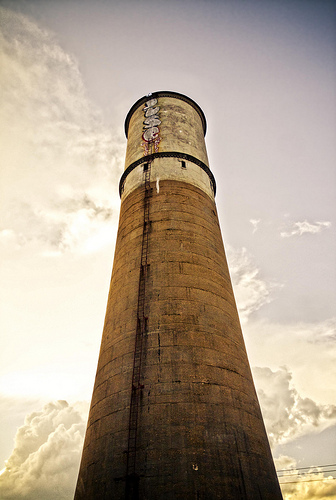 Columbia’s Center for Climate Change Law has published a new white paper analyzing state authority to regulate greenhouse gas (GHG) emissions from the international shipping sector. International shipping is responsible for roughly the same percentage of global emissions as aviation – at least 2% and possibly considerably more. A 2009 report by the International Maritime Organization found significant potential to reduce international shipping emissions, reporting that technical and operational measures alone could decrease emissions by as much as 75%.[1]
Columbia’s Center for Climate Change Law has published a new white paper analyzing state authority to regulate greenhouse gas (GHG) emissions from the international shipping sector. International shipping is responsible for roughly the same percentage of global emissions as aviation – at least 2% and possibly considerably more. A 2009 report by the International Maritime Organization found significant potential to reduce international shipping emissions, reporting that technical and operational measures alone could decrease emissions by as much as 75%.[1]
In 2011, the international community added two technical measures to the International Convention for the Prevention of Pollution from Ships to address GHG emissions from international shipping. This important advancement, however, falls short, mostly because it focuses on standards for new ships. The IMO itself has stated that the measures will be insufficient “to satisfactorily reduce the amount of GHG emissions from international shipping in view of the growth projections of human population and world trade.”[2]
In the absence of sufficient international action, this white paper assesses regulatory options under international law for Pacific island nations wishing to control international shipping emissions. The paper finds that while international law does not preclude regulation of international shipping, states are subject to jurisdictional constraints under the United Nations Convention on the Law of the Sea and structural constraints under the General Agreement on Tariffs and Trade. Recognizing these limitations, the white paper provides concrete regulatory options and discusses strategies, such as regional collaboration, that will serve to maximize the reach of regulations and improve their effectiveness. The paper also provides a case study of the European Union’s actions to control emissions from shipping and aviation in order to demonstrate potential legal and nonlegal opportunities for and barriers to state action.
The paper was written by Meredith Wilensky, a postdoctoral fellow and Associate Director of the Center for Climate Change Law.
The paper can be found here on the CCCL web page.
Photo credit: NOAA
[1] International Marine Organization (IMO), Prevention of Air Pollution from Ships – Second IMO GHG Study 2009 – Update of the 2000 IMO GHG Study 54(2009).
[2] International Maritime Organization, Greenhouse Gas Emissions (Last visited Dec. 13, 2013), https://www.imo.org/OurWork/Environment/PollutionPrevention/AirPollution/Pages/GHG-Emissions.aspx



